On February 6, SS DOLPHIN was officially launched. The new car series is the first new energy vehicle jointly developed by a company called Songshan Motors and BYD. Production is handled by BYD’s Xi’an factory.
Looking at the calendar, it is indeed the third decade of the 21st century. Many Chinese auto industry professionals are striving to break free from the label of “plagiarism” and “copycat” that they have been given over the past decade. They are working hard to distance themselves from the jokes of those who attempted to take shortcuts in the past.
Somehow, someone still had the audacity to present such a dish? And they had the nerve to call it “another milestone in Chinese auto culture history”? So, who was the previous milestone in the first image below?
Is it because they think people haven’t seen the original? Or do they really think that imitating without authorization is not “copying” but rather “paying homage to the classics”?
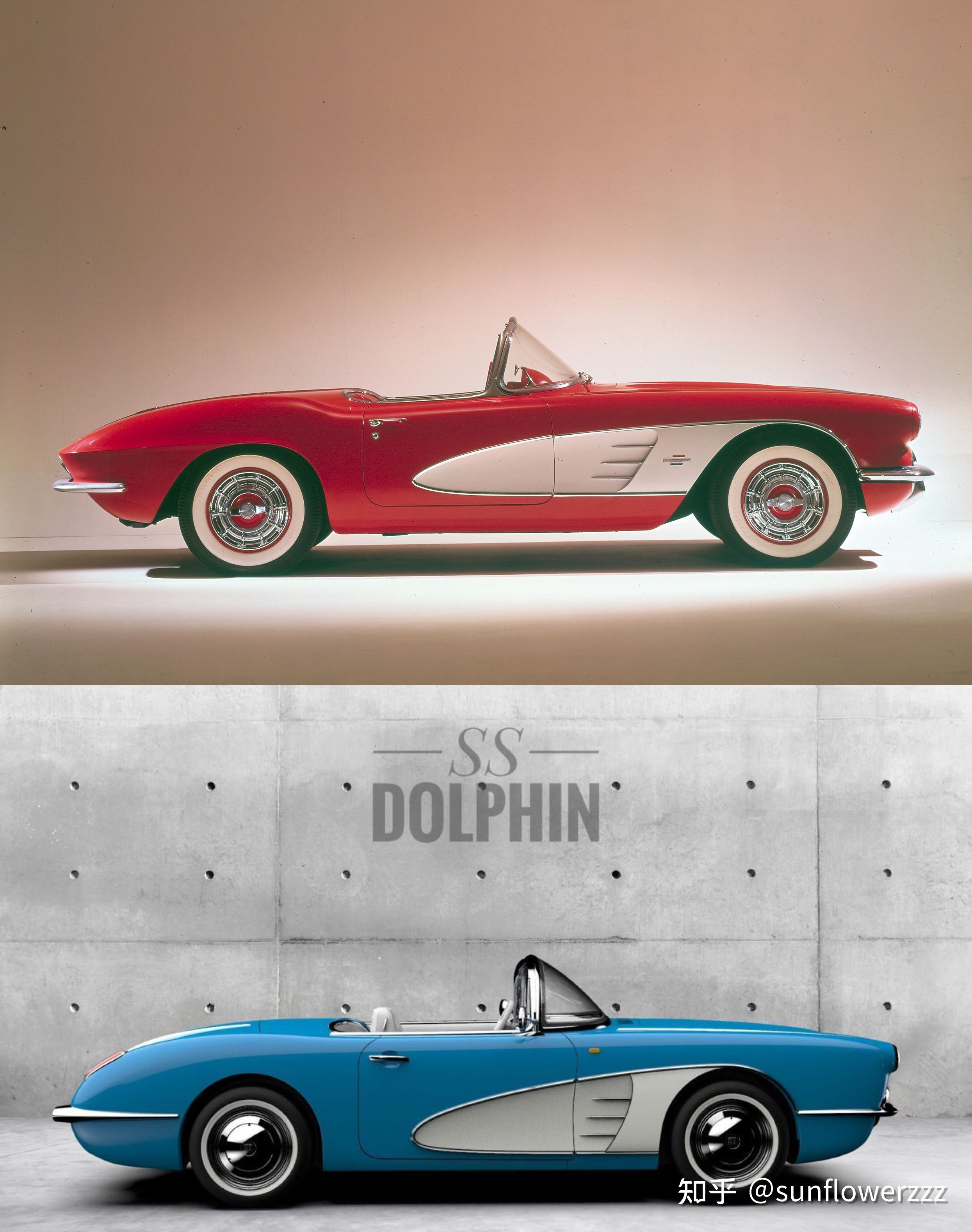
If you compare it to the original, you will find that although Songshan Motors’ imitation is a pixel-by-pixel copy of the design elements, the design proportion and sophistication are extremely poor. If the former is the “classic oil painting original,” then the latter is the “restoration work” that has been ruined by a hastily scribbled drawing on the right side of the image below.
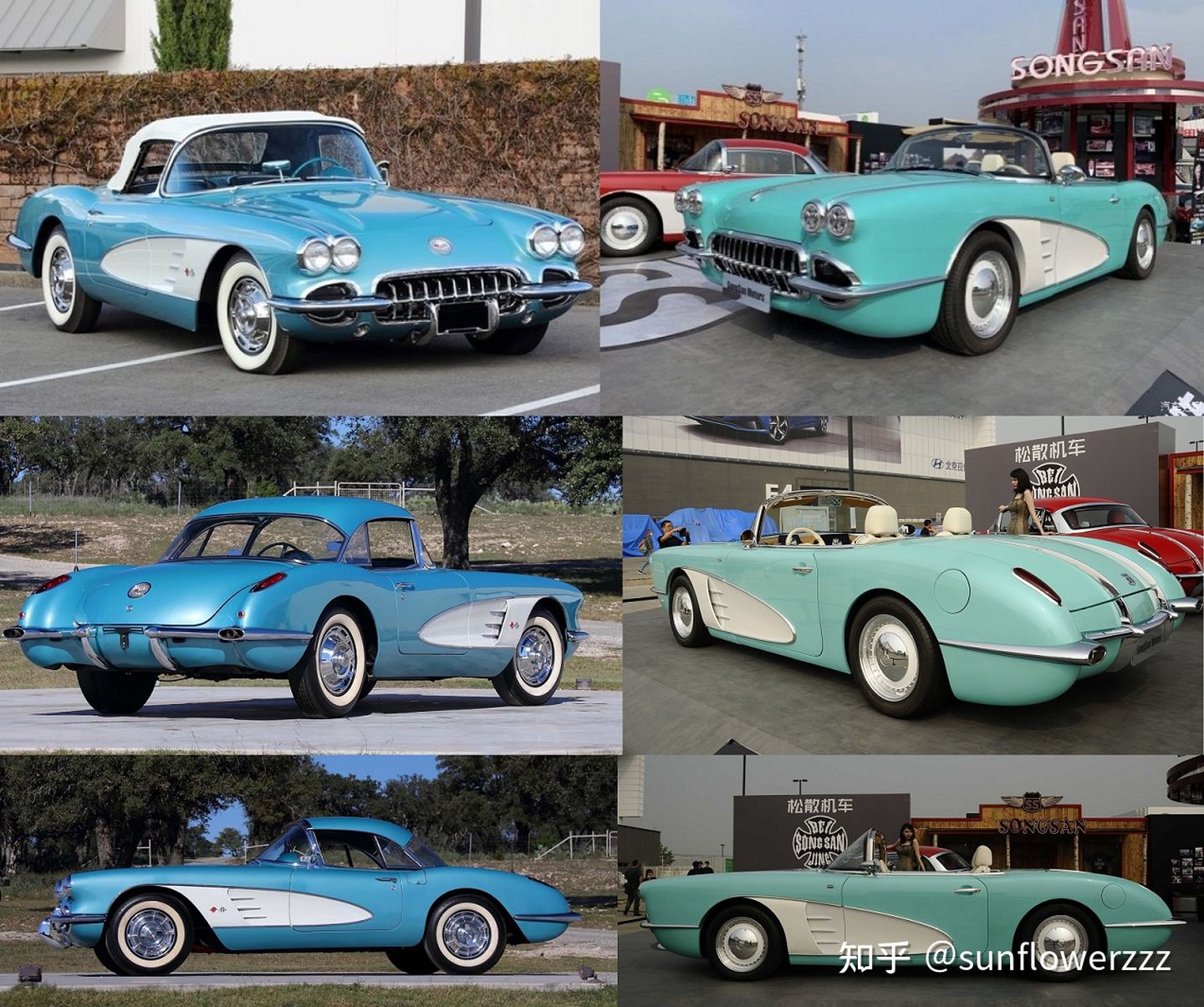
By the way, the Songshan Motors SS Dolphin in the images is still a display car for a car show. Display cars usually pay special attention to craftsmanship and detail. However, just like how a beauty camera selfie cannot compare to a passport photo, this car’s true face is revealed in the certification photo in the Ministry of Industry and Information Technology’s 338 approved new car announcement.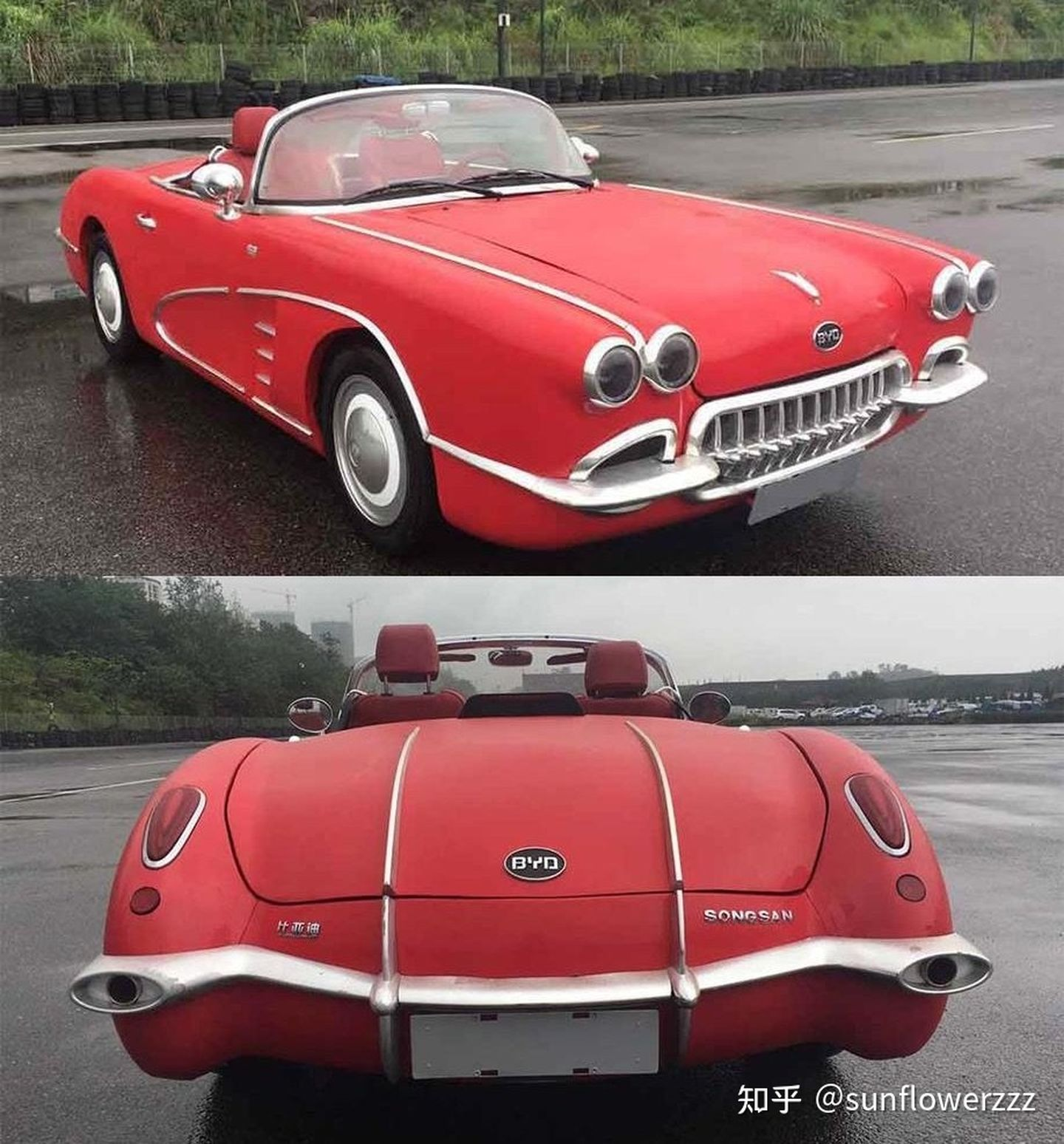
Such a poorly crafted imitation shamelessly dubbed as “classic reborn” is extremely nauseating! I intended to sort out the timeline of this knockoff car, but this “milestone in the history of Chinese auto culture” is really not worth serious consideration.
Plagiarism is Plagiarism, No Need for Sentimentalism
In my previous series of Automotive Topics in 2020, “Which are the Worst Three New Cars Released in 2020?” I mentioned this inexplicable work, “Zotye has already choked up, yet there are still people playing the imitation game on the Chinese market, and shamelessly calling it sentimentalism”.
Looking back on all the new car releases in 2020, which three do you think are the worst? Why?
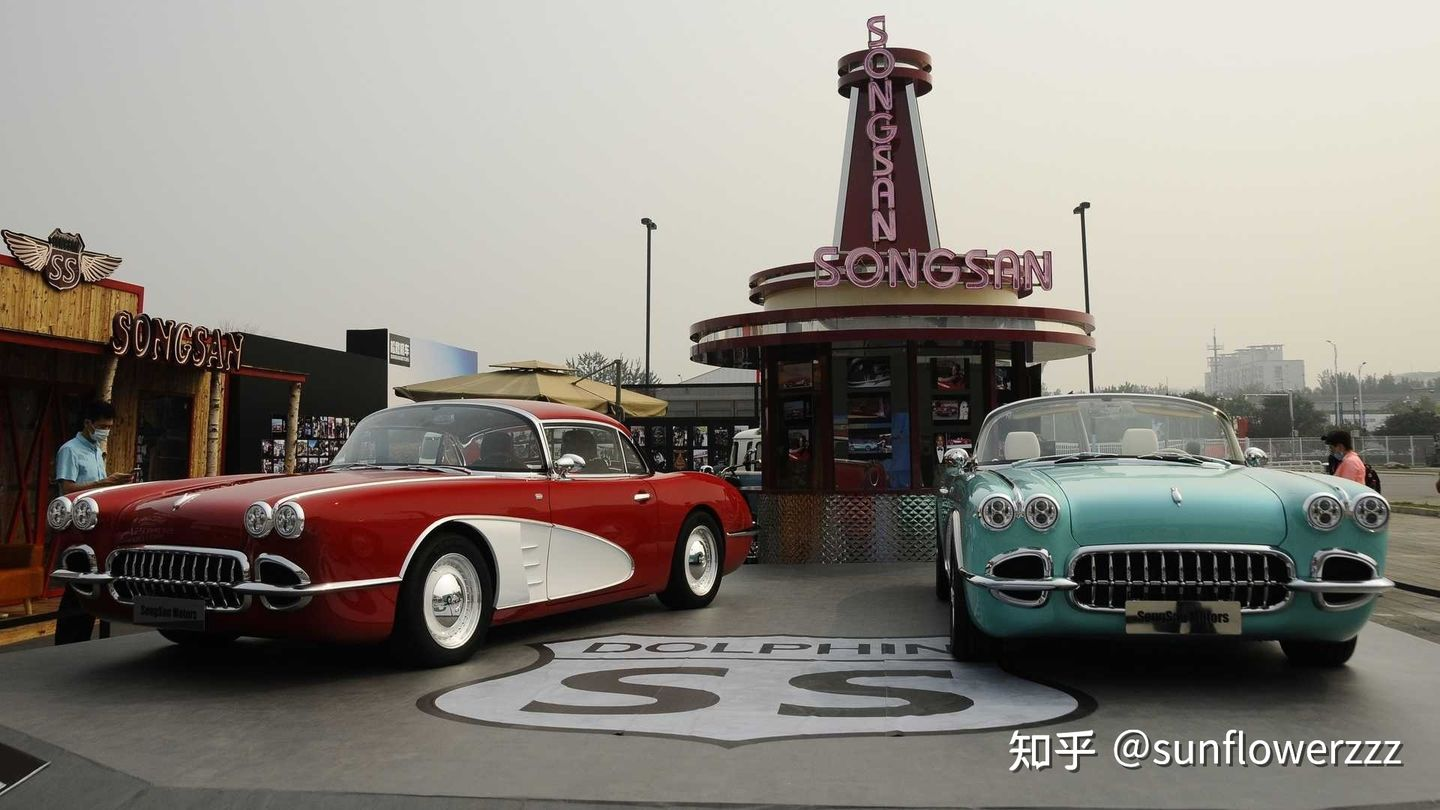
At the 2020 Beijing auto show, the Songsan vehicle was proudly displayed. The booth was not located in the main pavilion, but rather situated outside on the square. Under the huge neon sign bearing the word “SONGSAN,” two allegedly plug-in hybrid-powered retro-style convertibles were displayed. Although all official channels avoided mentioning who they resembled, communications materials provided to the media blatantly named their “tribute object” as the “American muscle car Corvette C1” (this is a quote from the original article, but it should be noted that the Corvette C1 is never considered a muscle car).
While they officially flirted with various American retro styles at the booth, in the dark, they made it clear in press releases that they were blatantly “paying tribute,” making people wonder – did this open act of plagiarism really have authorization?
A genuine friend actually asked General Motors’ PR department. CarScoops editors received the following reply: “Songsan Motors didn’t seek the company’s permission for their knockoff Corvette.” In other words, Songsan Motors did not apply for authorization to replicate the classic prototype Corvette from General Motors; they simply copied and plagiarized it themselves.CarScoops reported last year in “GM Doesn’t Seem Too Upset With China’s Corvette C1 Knockoff” that General Motors didn’t seem to be upset about the Corvette knockoff from China. The knockoff was so ridiculous that it didn’t even compare to the original, so why would they be upset? The knockoff claims to pay homage to the classic, but it is clearly not the case.
There is an old Chinese saying that is appropriate in this situation, “if you can’t even draw a tiger, then paint a dog instead.”
The Corvette C1 has had many variations over the years, with small changes in design. However, there are some classic elements that have remained constant throughout the different versions: the long nose and short tail, minimal front overhang and elongated front fenders, graceful lines, and curves.
Compare that to the cheap knockoff with its awkward front overhang, tall hood, and waistline. It is clear that this is a cheap imitation that lacks the rigor and pursuit of true classic reproduction.
This is not a Dolphin, it’s a failure fish!
By the way, didn’t you say you didn’t apply for copyright for general use? Why are you using the Corvette C1 body and various Hollywood stars driving the Corvette C1 body on the official website?
This is not just plagiarism, it’s copyright infringement!
A base on BYD Qin, sold for RMB 598,000?
In the “Catalog Announcement of 338 New Cars from Ministry of Industry and Information Technology in November 2020”, this model is registered for production by BYD in Xi’an, and the power system is basically the 1.5 DM of BYD Qin Pro. The brand directly used BYD as the production party in the catalog announcement.
How much do you think this product costs? A copied design, plagiarized promotion, yet still expensive.
The price of this “milestone in Chinese automobile history” is RMB 598,000. The average auction price of a well-maintained Corvette C1 ranges from USD 70,000 to USD 100,000, which is between RMB 450,000 and RMB 650,000.
For the price of an original model, you can buy a fake front-wheel drive with a 1.5T engine. This is what the Loose Bike company calls the “milestone in Chinese automobile history”.
In conclusion, cursing such substandard works will not relieve anger because it will only increase their traffic. Just like Saleen and Wang Xiaolin, those who create such substandard plagiarism works are generally shameless and can only wait for time to punish them with their lives and money.
The “Founder of Loose Motorcycle” gave these three replies to a friend who questioned the loose Weibo, claiming that he was not ashamed of plagiarism, and even had the nerve to suggest that others go out and broaden their horizons to cultivate their own vision instead.
What is the difference between someone who claims to remake a classic with a knockoff and someone who transforms an old man’s music player into a supercar brand and makes a new car like Saleen? Only time will tell us the result.
By the way, what kind of imitation won’t infringe on others’ rights? If there are many likes, I will consider updating it.
—– This is the updated separator —–
“There are fans of BYD” supporting this “milestone in Chinese automotive culture” in the comments?
This is just a company with a contractual and chassis supply relationship with BYD. How hard has BYD been working on original design in the past few years? Can’t you fans see it? Do we need a junk product from a contractor to maintain “automotive cultural confidence”?
“Culture confidence” is just confidence? The important thing is culture!
In the past few years, Great Wall was also criticized for plagiarism and imitation. There were works like this before:
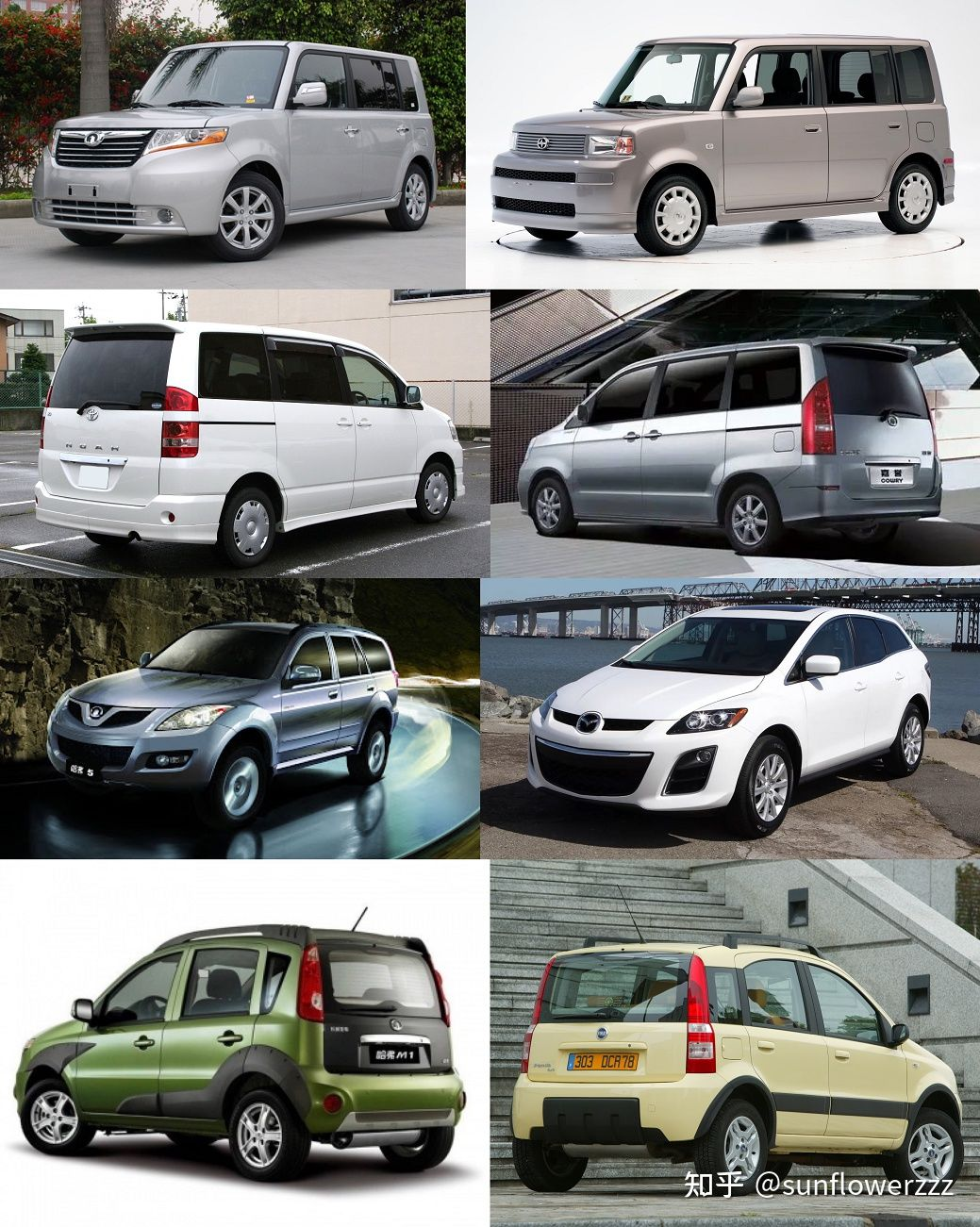
Now Great Wall is playing retro, whether it looks good or not, and whether the proportion is perfect is another matter. But at least they are striving for originality!
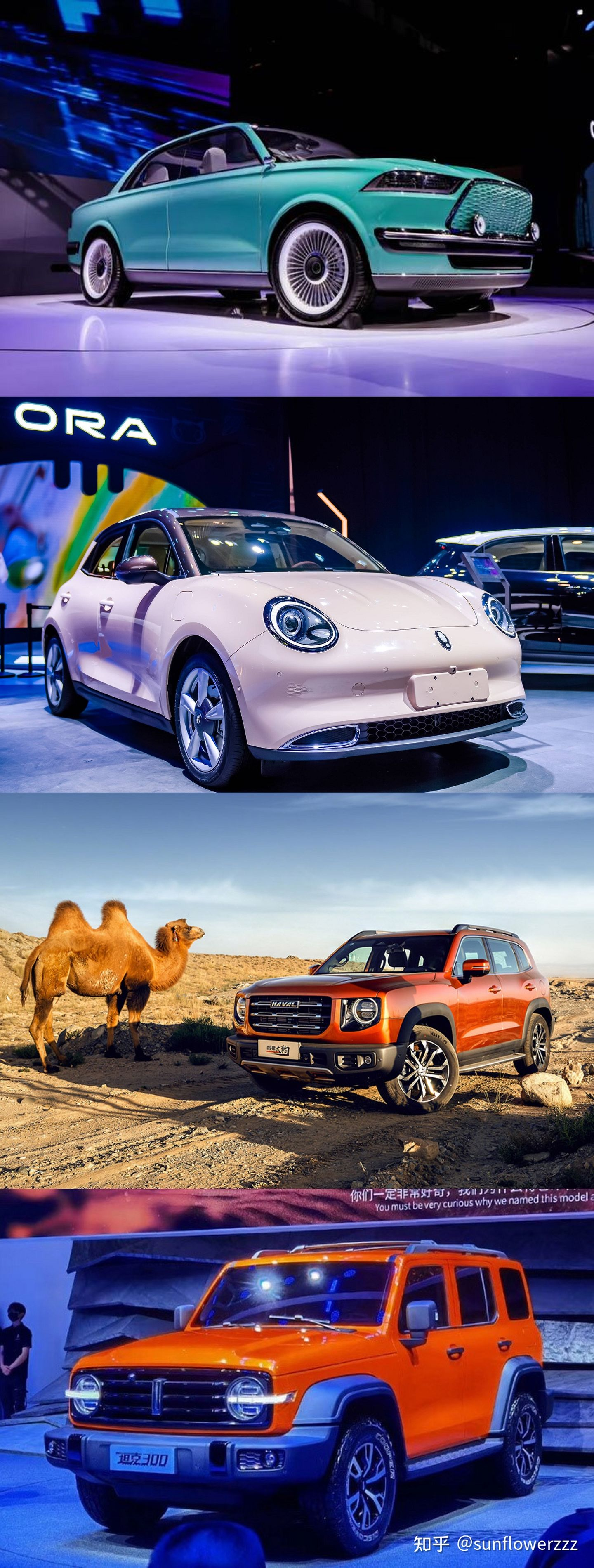
“Please demand more from the BYD fans. BYD’s current design is not bad, and there are better choices for retro. You have to believe in AIG’s aesthetics. Does BYD, with the help of this imitation trash, need this dragon’s design concept that leads the design language?”
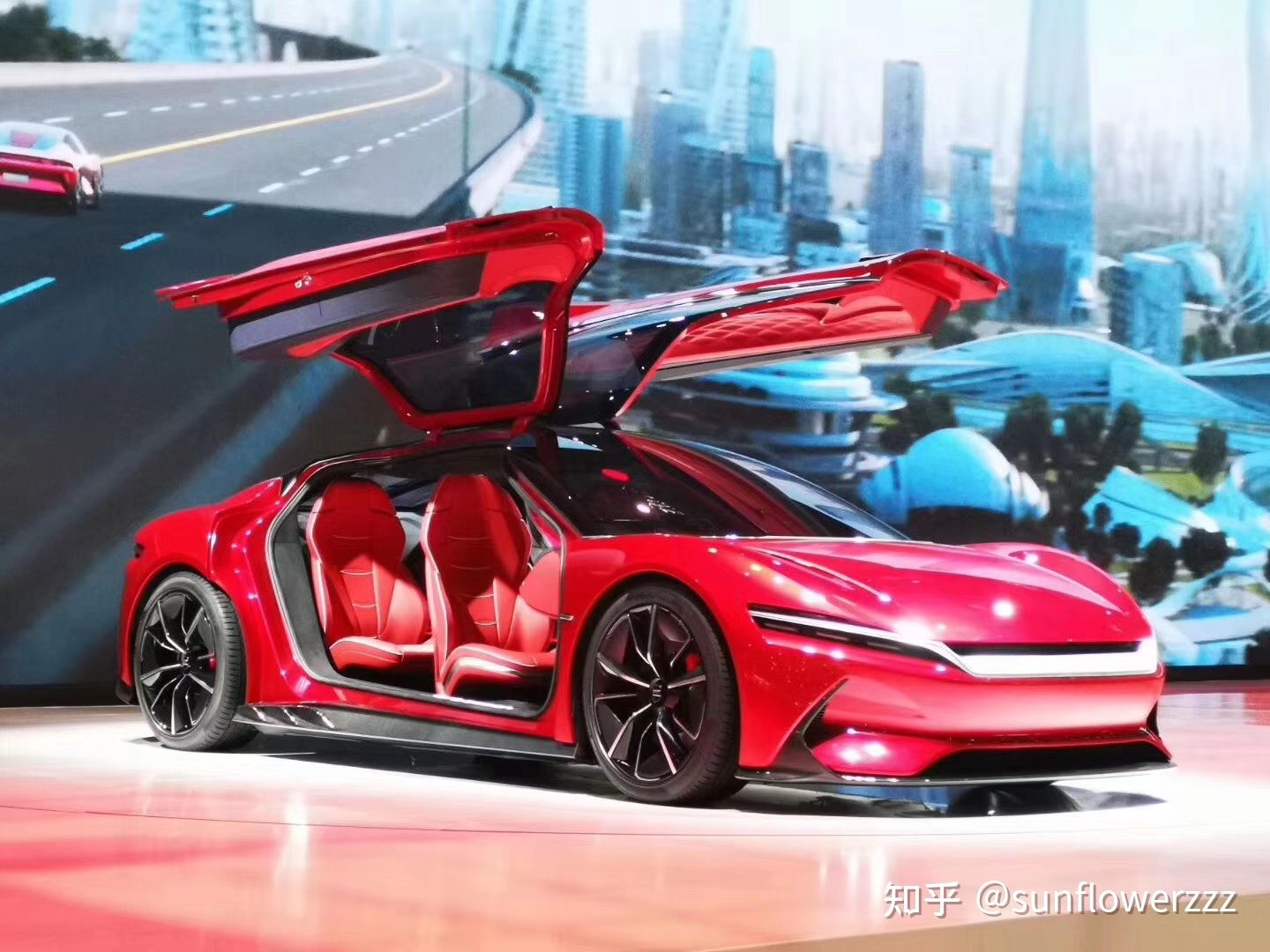
Don’t let yourselves be blinded by this plagiarized junk disguised as an “automotive culture”!
This article is a translation by ChatGPT of a Chinese report from 42HOW. If you have any questions about it, please email bd@42how.com.